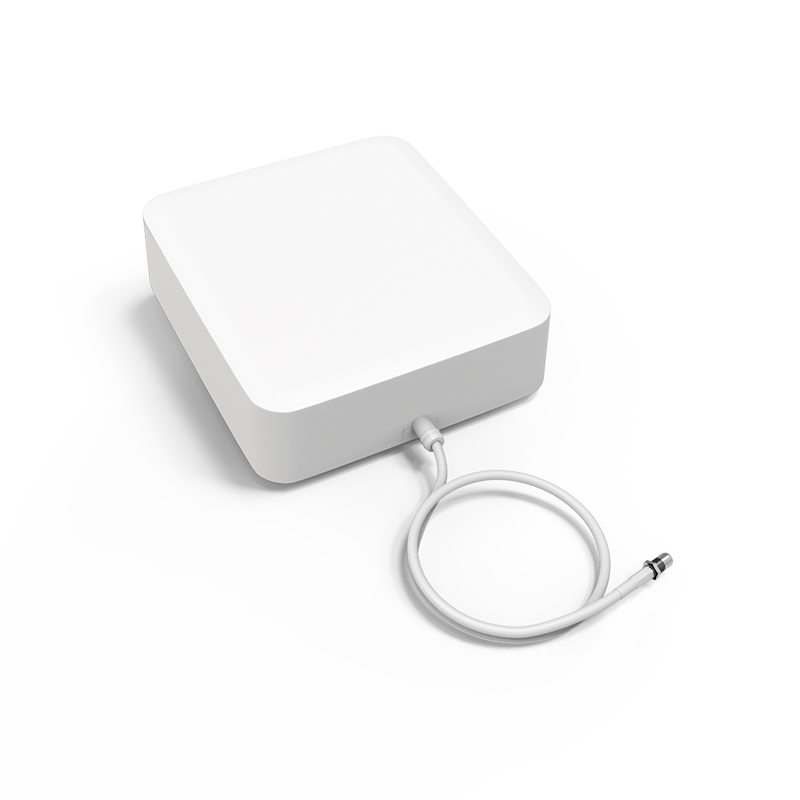Antennas are an integral component of any communication system, and their performance can have a significant impact on the overall quality of communication. The quality of an antenna is determined by several factors such as its design, construction, materials used, and performance characteristics. In this article, we will discuss in detail how to judge the quality of a communication antenna.

Frequency range
The frequency range of an antenna refers to the range of frequencies over which the antenna can operate effectively. Before selecting an antenna, it is essential to determine the frequency range required for the specific application. If the antenna cannot operate within this range, it will not be effective for that particular application.
Gain
The gain of an antenna is a measure of its ability to receive or transmit signals in a particular direction. A high-gain antenna can receive or transmit signals over long distances, while a low-gain antenna is suitable for short-range communication. It is essential to select an antenna with the appropriate gain for the specific application.
Directivity
Directivity is another important factor that determines the quality of an antenna. It refers to the antenna's ability to focus energy in a particular direction. An antenna with high directivity can focus energy more efficiently, resulting in better signal reception and transmission. For applications where long-range communication is required, an antenna with high directivity is preferable.
Radiation pattern
The radiation pattern of an antenna describes the distribution of radiation from the antenna in different directions. It is essential to select an antenna with a radiation pattern that matches the requirements of the application. For example, if the antenna needs to cover a large area, a wide radiation pattern may be necessary.
Impedance
Impedance is another crucial factor in judging the quality of an antenna. It refers to the resistance of the antenna to the flow of current and voltage. An antenna with the correct impedance will maximize the transfer of energy between the antenna and the transmitter or receiver. If the impedance of the antenna does not match that of the transmitter or receiver, signal loss can occur.
Polarization
Polarization is another important consideration when selecting an antenna. It refers to the orientation of the electric field in relation to the surface of the antenna. The polarization of the antenna must match that of the transmitter or receiver for optimal signal transmission. If the polarization of the antenna and the transmitter or receiver are different, signal loss can occur.
Noise
The quality of an antenna can also be judged by its ability to minimize noise. Noise can be caused by external sources such as other electronic devices or internal sources such as thermal noise generated by the antenna itself. An antenna with low noise characteristics will provide better signal clarity and reduce interference.
Durability
The durability of an antenna is critical, especially for outdoor applications where it is exposed to harsh weather conditions. Antennas made from high-quality materials such as aluminum or stainless steel are more durable than those made from plastic or other lightweight materials. A durable antenna will provide reliable performance over an extended period, reducing maintenance costs and downtime.
Size and weight
The size and weight of an antenna are also important considerations, especially for mobile applications. Larger antennas can provide better signal reception and transmission, but they may not be suitable for applications where space is limited. Lightweight antennas are preferable for mobile applications as they reduce the overall weight of the equipment.
Cost
Finally, the cost of the antenna is an essential factor in judging its quality. High-quality antennas may be more expensive, but they will provide better performance and reliability over an extended period. Cheaper antennas may be suitable for short-term applications, but they may not withstand the test of time.
In conclusion, judging the quality of a communication antenna requires an understanding of several factors such as frequency range, gain, directivity, radiation pattern, impedance, polarization, noise, durability, size and weight, and cost. By considering these factors, it is possible to select an antenna that will provide optimal performance for the specific application.



